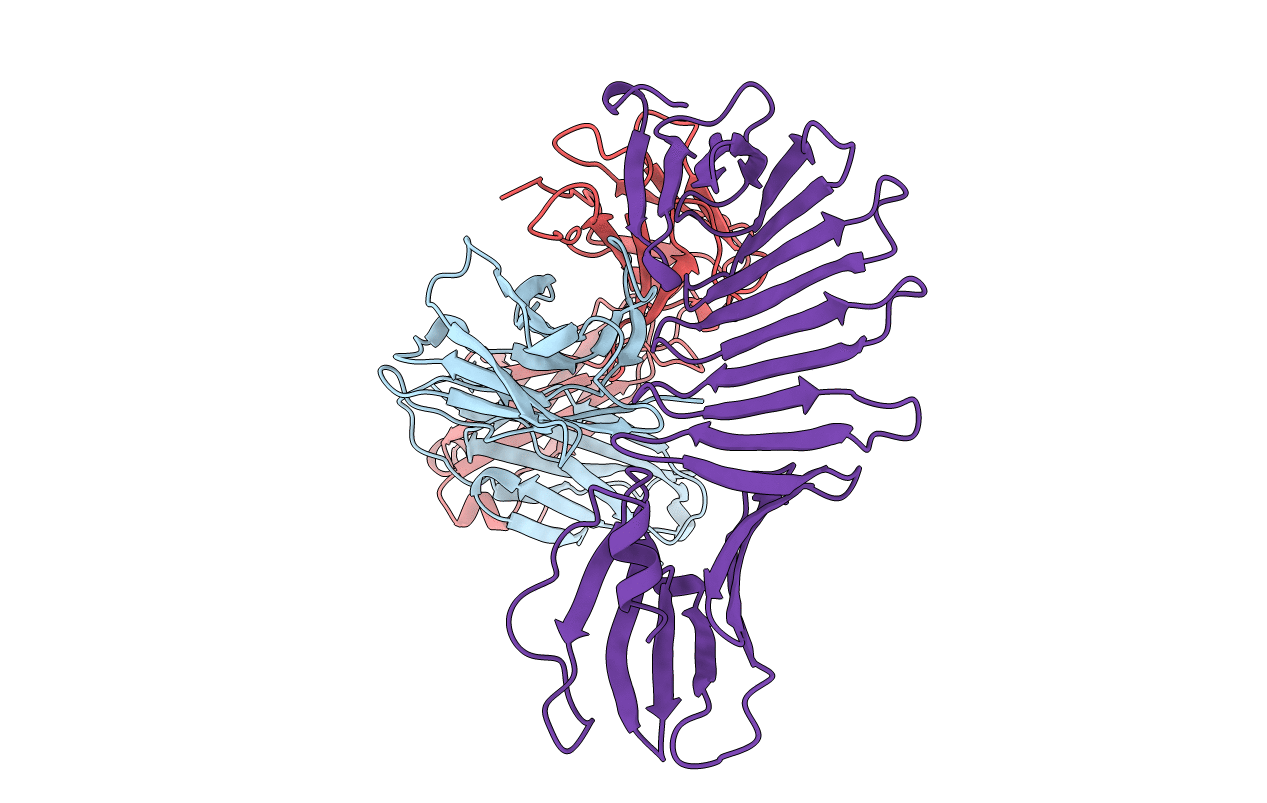
Deposition Date
1996-11-23
Release Date
1997-04-21
Last Version Date
2024-10-23
Entry Detail
PDB ID:
1OSP
Keywords:
Title:
CRYSTAL STRUCTURE OF OUTER SURFACE PROTEIN A OF BORRELIA BURGDORFERI COMPLEXED WITH A MURINE MONOCLONAL ANTIBODY FAB
Biological Source:
Source Organism:
Borrelia burgdorferi (Taxon ID: 224326)
Mus musculus (Taxon ID: 10090)
Mus musculus (Taxon ID: 10090)
Host Organism:
Method Details:
Experimental Method:
Resolution:
1.95 Å
R-Value Free:
0.29
R-Value Work:
0.22
R-Value Observed:
0.22
Space Group:
P 21 21 21


